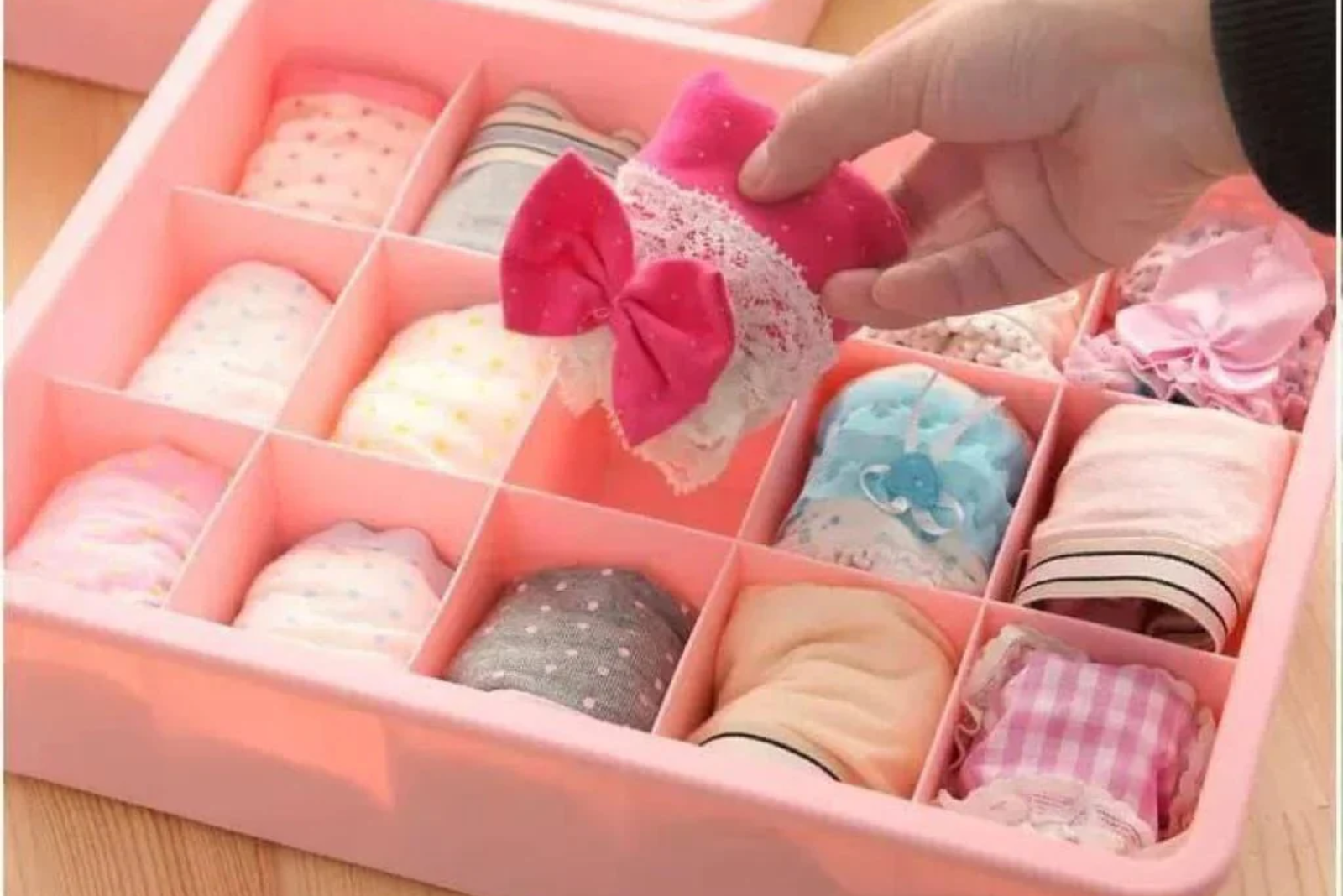Proper storage of hosiery before final packaging is crucial for maintaining quality, reducing defects, and ensuring a smooth packing process. In Pakistan, especially across South Punjab regions like Multan, Bahawalpur, and Sahiwal, textile and hosiery hubs are adopting advanced storage protocols backed by STZA labs and Ignite training programs. When executed well, these steps preserve product integrity and boost brand reputation.
Why Pre-Packaging Storage Matters
Properly stored hosiery avoids damage, maintains hygiene, and ensures consistency at packaging time.
Key benefits include:
-
Protection from dust, moisture, and pests
-
Preventing fabric stretching or creasing
-
Ensuring inventory accuracy
-
Reducing waste and rejected batches
A Bahawalpur factory saw a 28% reduction in defects after implementing structured storage after sorting.
Ideal Storage Environment Conditions
Maintain cool, dry, and clean storage to preserve hosiery quality pre-packaging.
Optimal conditions:
-
Temperature: 18–24 °C
-
Humidity: 40–60%
-
Dust-free with good airflow
-
Avoid direct sunlight
👥 In Sahiwal, STZA-supported hubs installed basic HVAC setups and saw inventory lifespan improve from 3 to 6 months.
Organizing Inventory by SKU and Size
Use a clear shelving system with labeled bins to organize hosiery by SKU, size, and color.
Implement:
-
FIFO racks
-
Transparent bins for visibility
-
Barcode or QR labeling
-
Size dividers
📌 A Multan-based brand reduced picking errors by 35% after installing barcode racks under Ignite training.
Protecting Hosiery from Moisture and Pests
Use silica gel packs and sealed bins to prevent moisture damage and pest contamination.
Effective methods:
-
Add silica packs to each bin
-
Seal fabric in airtight polybags
-
Regular fumigation checks
A Blessing hosiery startup in Rahim Yar Khan used silica-lined bins to eliminate mildew issues during the monsoon.
Folding vs Hanging Storage
Folding and stacking hosiery in labeled bins saves space and prevents stretching better than hanging.
Tips for folding storage:
-
Use folding boards for consistency
-
Stack by size and color
-
Leave spaced airflow gaps
👗 A PSDF-trained team in Layyah noted fewer stretched pairs after switching from hangers to fold racks.
Rotation Practices and Stock Audits
FIFO system and monthly audits reduce stale inventory and maintain freshness.
Best practices:
-
Label production dates
-
Audit irregularly sized pieces weekly
-
Rotate older stock to packaging front
A Bahawalpur exporter avoided bulk write-offs by rotating socks before expiry dates.
Midpoint Link Placement:
Once your inventory is neatly stored, move to precision hosiery packaging solutions—like custom poly bags or sleeves—designed for products in excellent condition.
Impact on Packaging Efficiency
Organized, clean stock speeds up packaging, reduces errors, and improves brand consistency.
Benefits realized:
-
Faster batch fulfillment
-
Fewer damaged pieces
-
Improved packing accuracy
-
Better workplace ergonomics
😍 In Multan, teams became 25% faster on packing lines after organizing stored hosiery systematically.
Training Programs for Staff
Empower staff with structured training on storage protocols and inventory best practices.
Include in training:
-
Folding and handling SOPs
-
Environmental monitoring
-
Audits and bin labeling
-
Hygiene protocols
🎓 According to Ignite’s Multan studio lead, trained storage teams delivered 40% higher final packaging quality.
Tech Support via STZA and Ignite
Quick Answer: Tech pilots and funding help South Punjab brands digitize and optimize storage before packing.
Support available:
-
STZA offers RFID tracking pilots
-
Ignite funds equipment like shelving and humidity monitors
-
PSDF & NIC teach storage-to-packaging integration
In 2024, over 150 brands in South Punjab improved storage systems through these regional programs.
FAQs
1. How long can hosiery be stored before packing?
With proper storage, hosiery can remain stock-quality for 3–6 months.
2. What humidity level prevents mildew?
Maintain a 40–60% relative humidity for best results.
3. Should hosiery be folded or hung?
Fold to prevent stretching and store in labeled bins.
4. How do I monitor storage conditions affordably?
Use hygrometers and silica gel packs—STZA centers often subsidize these tools.
5. How often should I audit stock?
Conduct weekly audits and monthly full inventory checks.
6. Can small brands implement these systems?
Yes—STZA labs and Ignite training in South Punjab offer accessible guidance.
7. Does better storage really improve packaging quality?
Absolutely. Clean, organized stock leads to fewer packing errors and better presentation.
Final Thought
As someone mentoring textile businesses from Multan to Bahawalpur, I’ve seen that pristine packaging begins long before the box is sealed—it starts in how you store your stock. An organized, climate-controlled environment ensures every pair of socks is treated with respect and precision.
With tech assistance and training from STZA and Ignite, even small brands in South Punjab can implement world-class storage systems. Start by safeguarding your hosiery—then package it in confidence with clean, custom hosiery packaging solutions that reflect care and quality.





